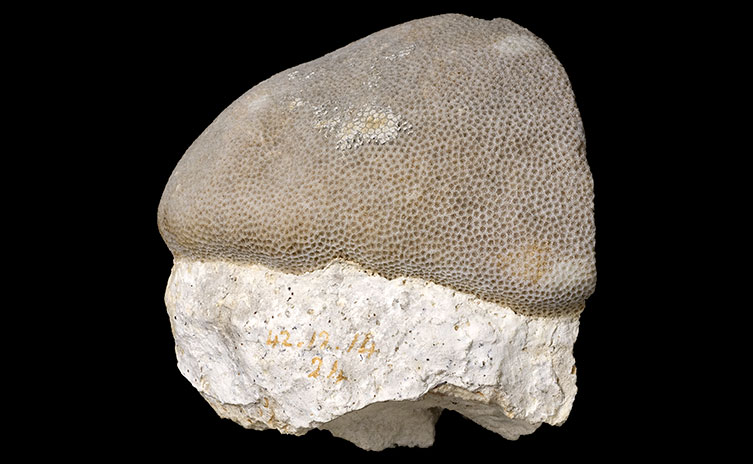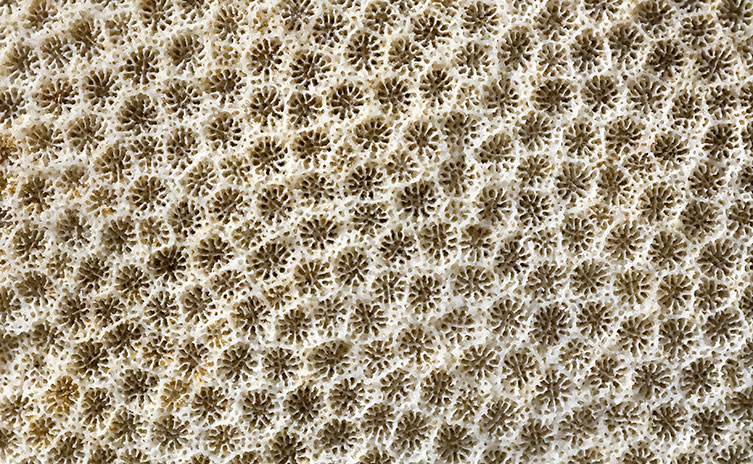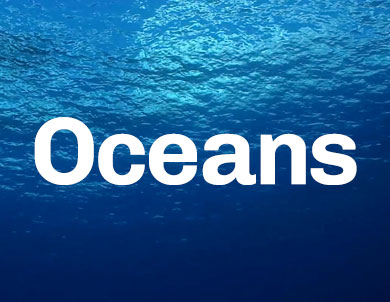Before Charles Darwin came up with his famous theory about evolution, he proposed a theory of how coral reefs and atolls formed.
Some of the specimens he collected to support his theory are now cared for at the Museum.

Darwin’s specimen of fire coral, Millepora tenera. Fire coral gets its name from the painful sting it inflicts on divers.
Before Charles Darwin came up with his famous theory about evolution, he proposed a theory of how coral reefs and atolls formed.
Some of the specimens he collected to support his theory are now cared for at the Museum.
Darwin collected the specimens during his voyage on the HMS Beagle between 1831-36, where he also gathered evidence for his later theory of evolution by natural selection.
Corals were an important topic at this time as many ships were wrecked on unexpected reefs. As well as mapping the distribution of coral reefs, Darwin worked out why different reefs grew where they did, including directly next to land or separated by a stretch of water, like the Great Barrier Reef.
He may have been on a pioneering journey, collecting specimens from all sorts of environments, but Darwin wasn’t keen on getting his feet wet. He used a long pole to leap along the coral reef edge.

Darwin’s specimen of Porites coral. This group of corals takes on many forms and its skeleton is a favourite habitat for Christmas tree worms, which burrow into the coral.
Darwin also proposed a theory of how isolated rings of coral reefs, known as atolls, formed. He suggested that they originally grew around extinct volcanoes which then sank into the sea, leaving the reef as an isolated circle.
Museum coral researcher Dr Ken Johnson explains the significance of the specimens:
‘Darwin collected the corals to demonstrate how the foundations of the atoll were built up by the skeletons of corals.
‘The idea is that corals need to grow in shallow, well-lit waters and even as the sea floor was falling below them, the reefs were able to keep up and stay in shallow water by building their own limestone foundation made of coral skeleton.’
Darwin's theory was vindicated in the early 1950s when scientists bored through an atoll in the Pacific Ocean and found volcanic rocks underlying the coral.

Close-up of the Porites coral, collected from Cocos (Keeling) Islands in the Indian Ocean, showing the hexagonal structures where tube-like animals (polyps) lived.
Twenty-nine of Darwin's coral specimens were donated to the natural history collections of the British Museum in 1841, which later formed the independent Natural History Museum.
To hear more from Dr Johnson about Darwin's corals, listen to the coral episode of BBC Radio 4 Natural Histories.
Explore both the beautiful and the darker side of tropical coral reefs. Part of the BBC Radio 4 Natural Histories series.

Find out more about life underwater and read about the pioneering work of the Museum's marine scientists.
Don't miss a thing
Receive email updates about our news, science, exhibitions, events, products, services and fundraising activities. We may occasionally include third-party content from our corporate partners and other museums. We will not share your personal details with these third parties. You must be over the age of 13. Privacy notice.
Follow us on social media